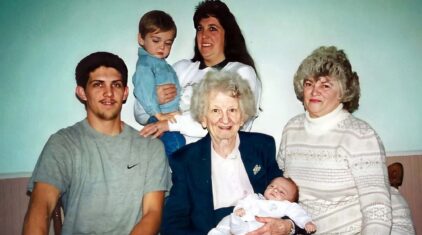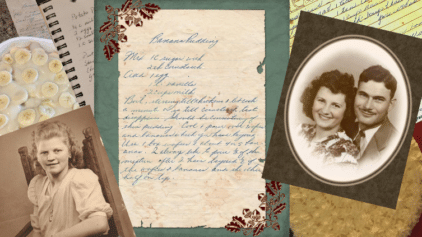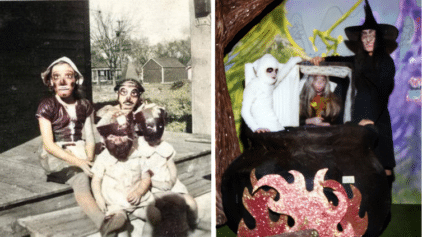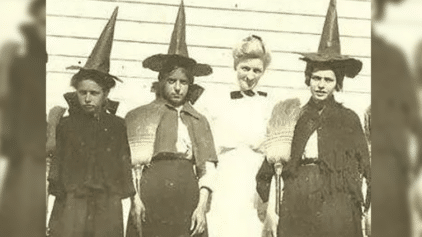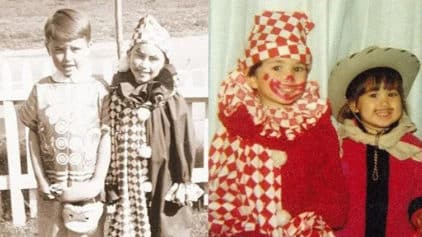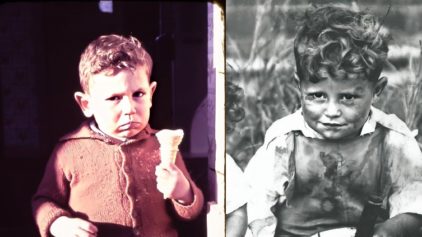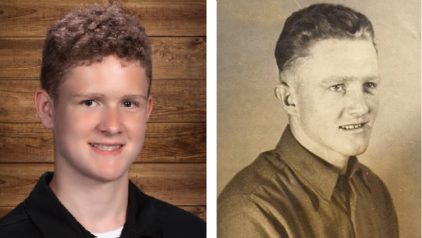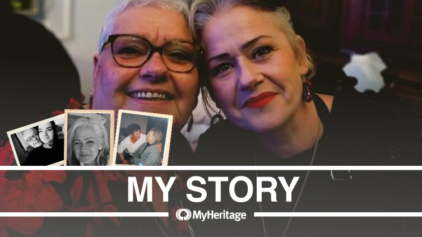

While you may be familiar with your parents, grandparents, and possibly great-grandparents, the details of more distant relatives can be harder to trace. But identifying your third cousins once removed can help extend your family tree and reveal new information about shared ancestors.
With a clear plan and the right tools, finding these links is well within your grasp. That’s why we’ve prepared a guide on locating specific clues so you can piece together your family history.
» Find your 3rd cousins once removed through a family history search
What is a third cousin once removed?
A third cousin once removed is a distant relative with whom you still share a connection through a common ancestor. Here, the term “first,” “second,” or “third” refers to how many generations back from your parents you have to go to trace them.
Here’s how it works:
- First cousins share grandparents one generation back.
- Second cousins share great-grandparents two generations back.
- Third cousins share great-great-grandparents three generations back.
The “Removed” part signifies a generational difference between you and your cousin, even though you share the same ancestor. If you’re the same age, you don’t use this term.
Let’s break it down:
- Generation below: The child of your third cousin is your third cousin once removed. They’re one generation below you (i.e., your kid’s age).
- Generation above: If you’re the child of your relative’s third cousin, they’re also your third cousin once removed. They’re just one generation above you (i.e., your parent’s age).
Variations in shared ancestors
The number of great-great-grandparents you share can vary. In some cases, it might be just one. But there could be a twist in your family history. For example, if a common ancestor married multiple times and had children with different spouses, there could be numerous half-siblings in your lineage.
This can create more branches and connections in your family history. You might need to track multiple family lines and include relationships with half-siblings and step-relatives. Each marriage and set of children can lead to new family names and extended relatives.
This complexity can make it harder to map out your family tree, but it also gives you a more detailed picture of your ancestry.
But this isn’t the only case of variation. Robert C. Gunderson, the founding leader of the Genealogical Society of Utah’s Royalty Identification Unit, introduced the term “pedigree collapse.” This phenomenon also has a German name, “Ahnenschwund,” meaning “loss of lineage.”
When couples with a common ancestor have children, their family tree collapses as these predecessors now appear multiple times in the lineage. The phenomenon is widespread in smaller communities.
Did you know?
Pedigree collapse can lead to double cousins. These are essentially first cousins, but twice over. This means they share both sets of grandparents instead of the usual one pair. It can also happen when two siblings from one family marry two from another.
Can DNA confirm third cousins once removed?
DNA testing may verify relationships between third cousins once removed, but with some limitations, such as:
Sensitivity threshold
Third cousins once removed share a minimal amount of DNA, around 0.39%. This means they might not show up as a match at all. For reference, first cousins share around 12.5%.
Tip: You can use the coefficient of relationship (CoE) — measurement of the closeness of the biological relationship between two individuals — to estimate how much genetic material you share with your cousin. The higher it is, the closer the relationship. Third cousins once removed have a CoE of 0.00390625 (2*(2^(-9))).
» Discover more about combining DNA with traditional genealogy
Confirming relationships
Distant relatives inherit less shared DNA as generations pass. When you reach a third cousin once removed, the shared segment might be small, making it difficult to distinguish them from random matches in your ancestral pool.
Suppose a DNA match appears, sharing a significant portion of DNA with both you and another known relative, such as a second cousin. You would use genetic triangulation to strengthen the case that they are indeed your third cousin once removed.
Genetic triangulation uses two or more known data points to identify the ancestral haplotype of Y-STR or mitochondrial DNA (mtDNA):
- Known data points: These refer to individuals with documented genealogical relationships, typically parents, grandparents, or close relatives in your family tree.
- Identifying ancestral haplotype: A haplotype is a specific combination of genetic markers at neighboring locations on a chromosome.
- Y-STR: This analyses short tandem repeats on the Y chromosome, which is only passed from father to son.
- mtDNA: This examines DNA from the mitochondria — organelles outside the nucleus — inherited solely from the mother.
If a potential relative shares the same Y-STR or mitochondrial DNA haplotype as documented ancestors in your family tree, it indicates a possible common ancestor. This evidence is even more substantial if the match includes a significant number of markers.
However, it doesn’t pinpoint the exact generation or ancestor you share.
Tip: Try the MyHeritage cM Explainer to estimate the DNA relationship by centimorgans (cM). By the time you reach third cousins once removed, the shared DNA segment might be tiny (average range: 0-75 cM).
How to find your third cousins once removed
Remember, your third cousin once removed shares a common ancestor, your great-great-grandparent. But you likely share that same ancestor with other relatives as well. These “shared relatives” are the key to unlocking the connection to your cousin.
Start with what you know about parents, grandparents, and siblings. Then, contact relatives for stories and photos and consult historical records like census data or obituaries to fill in the gaps in your family branches.
Find your third cousin once removed: One generation younger
- Start with your great-great-grandparents.
- Identify their children, but exclude your great-grandparent — your direct ancestor. These are your great-grandaunts/uncles.
- Go down three generations from your great-grandaunts/uncles — to your generation. Their children are your third cousins once removed.
Find your third cousin once removed: One generation older
- Start with your great-great-great-grandparents.
- Identify their children, but exclude the line that leads to your great-great-grandparent. These are the siblings of your great-great-grandparent.
- Go down three generations from these siblings. This reaches your parents’ generation. This person is your third cousin once removed.
Tip: Select either your paternal or maternal line to research. This will help you focus so you don’t become overwhelmed with data.
» Find out how MyHeritage can help you build a comprehensive family tree
How to confirm your cousin relationship
Here are some steps you can follow if you find someone you believe to be a distant relative but aren’t sure how they’re connected in your family tree:
- Find the closest ancestor you share with your cousin, such as a great-great-grandparent or grandparent.
- Start with yourself as Generation One and count the number of generations between you and the shared ancestor (parents are +1, grandparents are +2, etc.). Do the same for your cousin.
- Compare the generation counts. If your generation count is lower, count the number of “greats” in your relationship to the shared ancestor and add 1. This gives you your cousin relationship. For example, a great-great-grandparent has 2 “greats” + 1 = third cousin. If your cousin’s generation count is lower, repeat this process for them.
- If the generation counts are the same, you aren’t “removed.” If there’s a difference of one, you are once removed. If there’s a variation of two, you are twice removed, etc.
Using age as a reference
Genealogists estimate that around 25 years separate generations. As your third cousin once removed differs by one — they might be roughly in that range.
But this is just an average, and the disparity can vary. People have children at different ages, and lifespans can differ. This can lead to younger cousins in your generation or older cousins in a younger generation.
Key takeaway: The “once removed” aspect suggests a one-generation difference, but the actual age gap can vary considerably.
» Building a family tree? Get started with genealogy research
Family extends beyond just blood ties
Building your family tree often starts with a straight line — parents, grandparents, etc. But to truly understand your roots, explore laterally to discover hidden branches.
While distant cousins aren’t the closest genetic matches, they can be a valuable source of family history. They may have stories, documents, and photos that can enrich your genealogical chart.
» Take a DNA test and determine your 3rd cousins once removed



